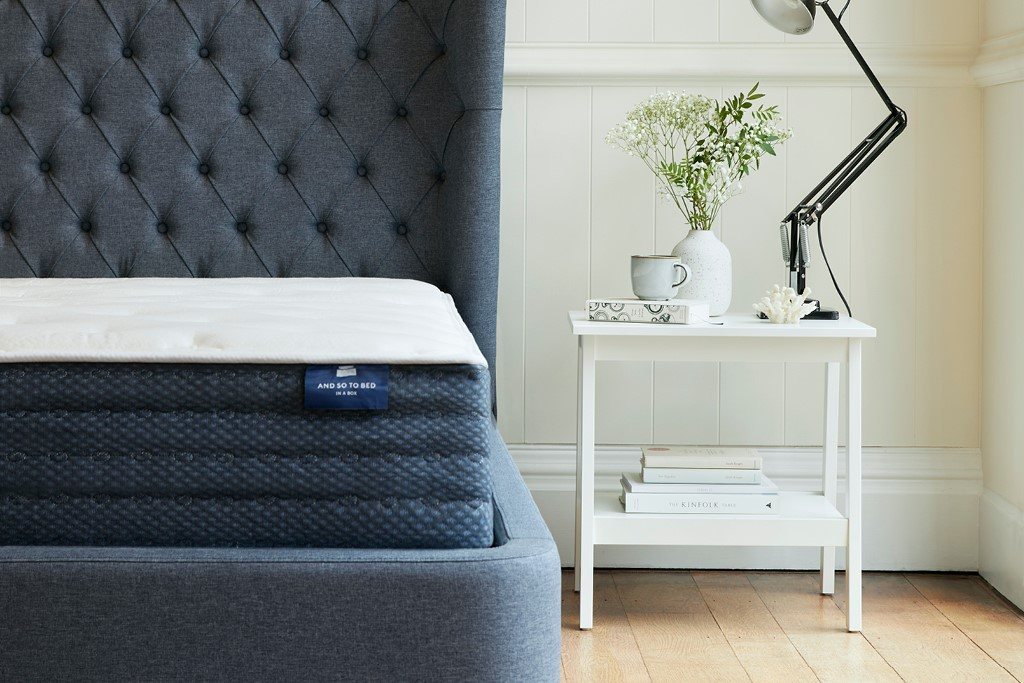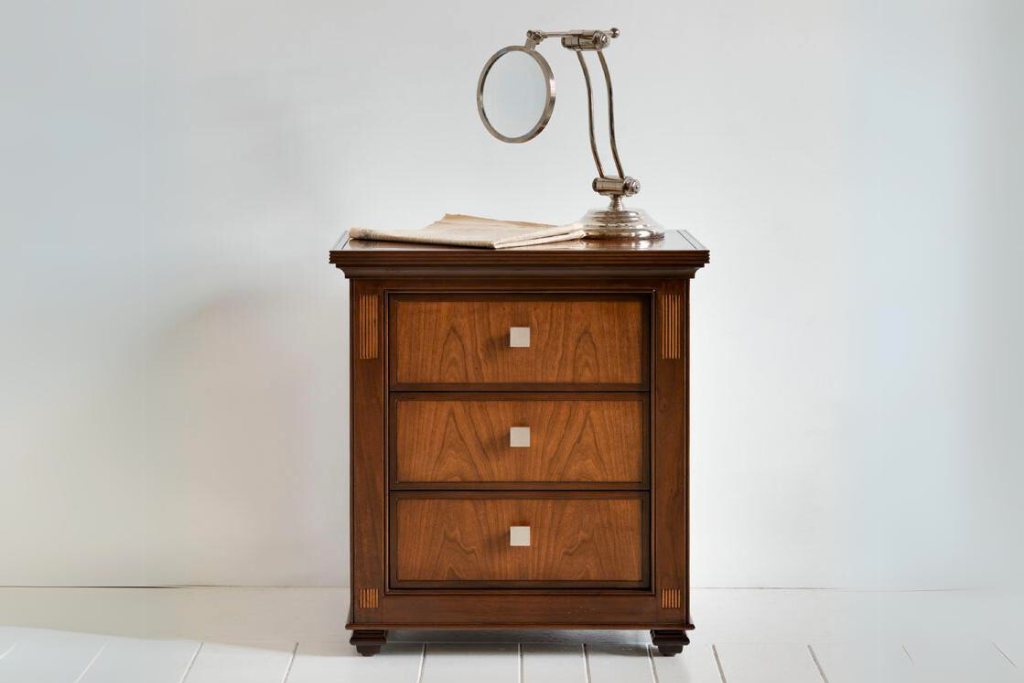How To Look After Your New Mattress
A new mattress is an important purchase, and can affect the difference between you getting a good or bad night’s sleep.
Various Studies have shown that poor sleep quality is linked to a range of problems such as anxiety, depression, obesity and Alzheimers. Sleep is the time in which our bodies repair themselves mentally and physically so by not getting a good night sleep you could be putting your quality of life at risk.
The decision to buy a new mattress is one that takes time, researching the right type of mattress, using a Mattress Size Guide tool and testing the mattress firmness to suit you. This is why it is vital that when your new mattress finally arrives you know how to look after it, prolonging its life and saving you stress and money for several years.
So, You've Bought A New Mattress... What Now?
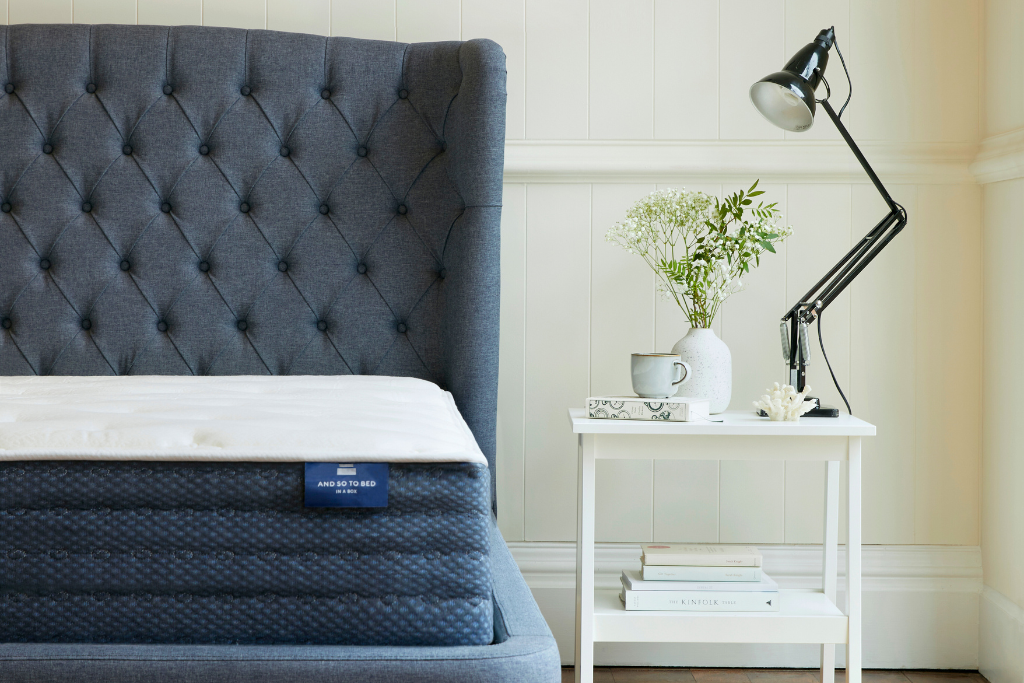
What to do when a new mattress arrives?
If you have ordered an unrolled pocket spring, memory foam or hybrid mattress it is ready to use as soon as it is on the bedstead.
For mattresses that arrive in the box, such as our Pure Luxe Hybrid Mattress, these should be opened in the desired room, and take up to 48 hours to properly rise to their intended size and shape.
Luxury mattresses made of natural materials, such as mattresses by Vispring - which are made of fibres such as wool - can sometimes have an ‘organic’ odour upon arrival. If this happens, please open the windows in your room, allowing the mattress to air out and the odour to disperse.
It is important to remember that a new mattress needs time to adjust to your weight and shape, meaning it can take up to 4-6 weeks for it to feel ‘right’ and for the filling to adjust to the pressure points in your body.
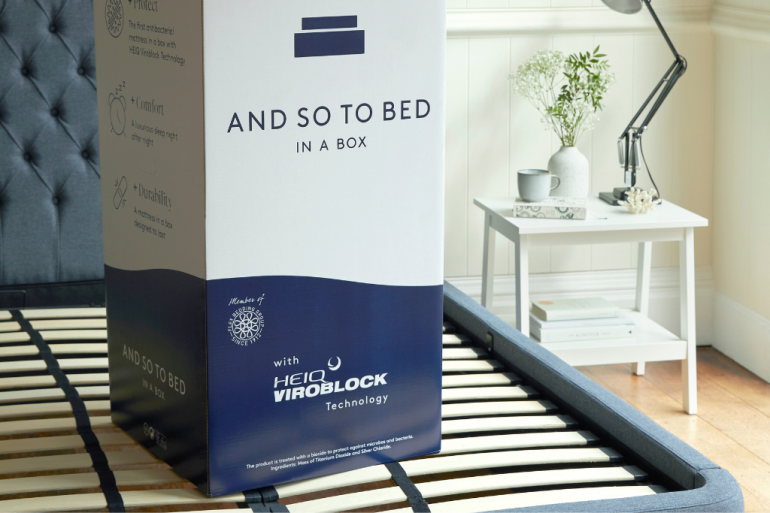
.png?t=1718630800)
Caring For Your New Mattress:
A mattress should last years, but in order to ensure that it does there are best practices that should be followed to guarantee your mattress lasts as long as expected.
Air out your mattress
It is recommended that after a good night’s sleep, particularly when the temperature is higher during the summer months, that you pull back the bed linen to give the mattress the chance to breathe and for moisture to evaporate. This is because moisture can get trapped between the mattress and the linen causing discolouration and potentially odours.
.png?t=1718703525)
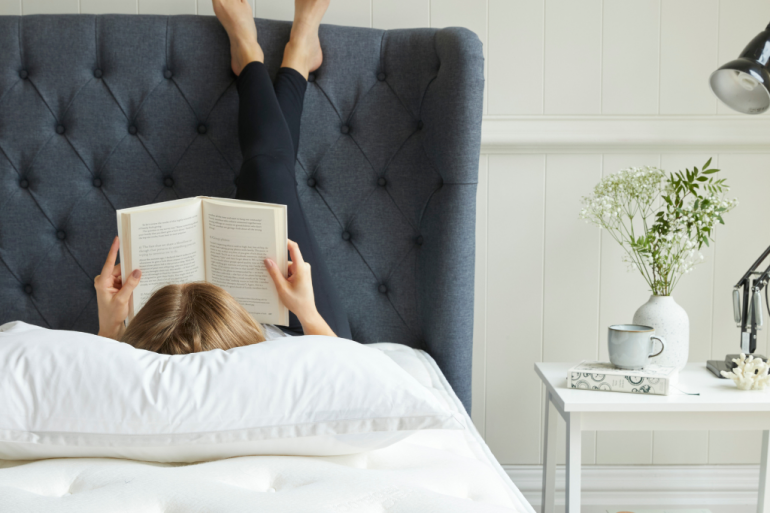
Use a mattress protector
Mattress protectors are like taking out travel insurance on holiday, you hope it isn’t needed but will be glad you have it if the worst happens.
Mattresses are not easy to clean, which is why taking preventative measures through investing in a mattress protector is the best course of action to protect it. These are washable, so should a spill happen, the protector can be removed and easily washed in the washing machine, leaving your mattress unscathed. We advise owning two mattress protectors. If one is being cleaned, you have spare.
Never put plastic between the mattress and the linen as this could encourage condensation which could damage the mattress.
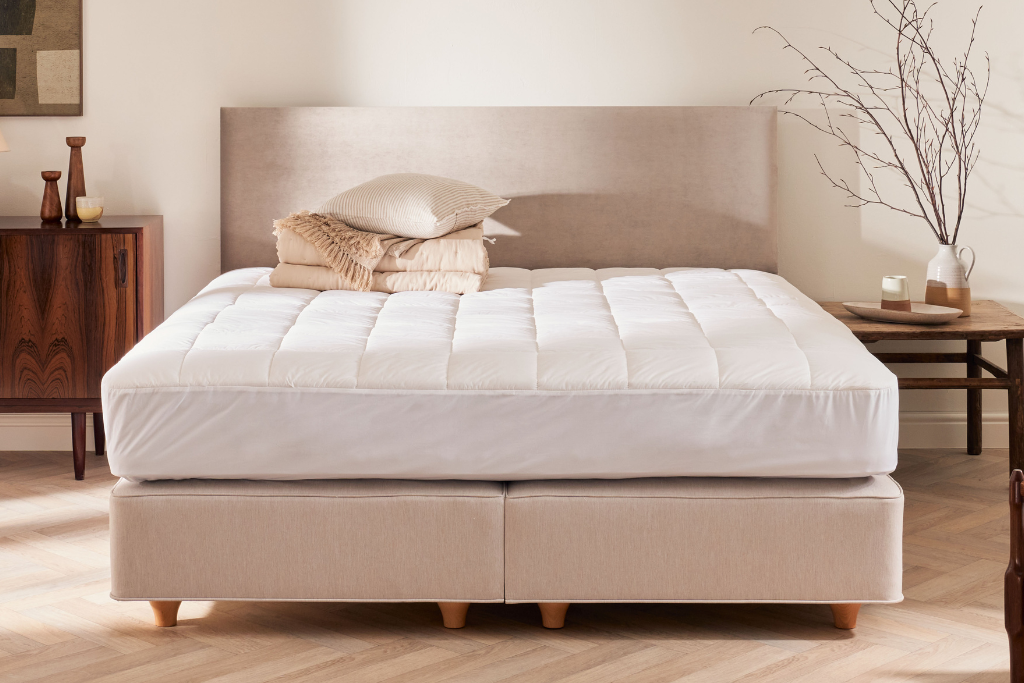
Treat your new mattress with care
A mattress can withstand some movement, but it is not a trampoline so bouncing on the bed is going to damage it. Not only could it break the springs, but it will also dislodge the filling which can lead to dips and bumps, making it uncomfortable to sleep on.
Similarly, you should avoid sitting on the edge of your mattress for extended periods of time as it puts pressure on the edge springs and could break the border stitching.
Avoid bending or rolling your mattress. If you’re moving house or decorating, ensure that the mattress is covered to keep it protected from dust, moisture and other irritants.
Should you flip your mattress and if so, how often?
Whether you need to flip your mattress or not is dependent on the type of mattress you have.
Double-sided mattresses can be flipped and should come with the instruction to turn over regularly. For the first three months of having your mattress, it is recommended that you turn it over once a week. After that, turn it over just once a month. This will ensure that the filling is evenly placed and stop dips from forming.
Single sided mattresses (such as those with memory foam on top) can not be flipped but should still be rotated 180 degrees. Like with the double-sided mattress, for the first three months it is recommended that you rotate your mattress from head to toe once a week. After that, rotate it just once a month.
For natural fibre mattresses it is recommended that you turn your mattress over twice a week for the first three months and once a season after that. This is to firstly encourage natural and even settlement of the mattress fillings and subsequently to extend its life.
Cleaning A Mattress
Cleaning a mattress is no easy task, and in severe cases best left to a professional. However there are some smaller mattress cleaning tips that will help prolong the life of your mattress.
Don’t use a vacuum: it seems tempting to vacuum dust and fluff from your mattress but the powerful suction of a vacuum cleaner can cause the filling to become dislodged which can lead to bumps and dips.
Blot don’t scrub: stains should be immediately tackled by blotting with a clean cloth. Always check the manufacturer's advice before cleaning. Hacks such as bicarbonate of soda and various harsh chemicals are not recommended.
Regularly wash your bedding and mattress protector: wash your bed linen every one to two weeks and your mattress protector once a month. In the summer, you may have to clean your linen and protector more regularly.
How often should you change your mattress?
How often you should change your mattress is dependent on how well you have cared for it. If a mattress has not been cared for, the springs are broken, it smells due to spills, or the filling has been dislodged, then you will have to replace it sooner. On average, a good quality mattress should last between 7 to 10 years, however, at And So To Bed, we provide mattresses with an up to 30 Year Guarantee.
However, if you find you are waking up with aches and pains that cannot be explained, such as delayed onset muscle soreness from the gym, then it may be that your mattress is no longer supporting your pressure points and your spine is not aligned properly on it. This would indicate that it is time to invest in a new mattress.
Additionally, changes in your body, such as weight gain or loss, aging, or developing health conditions, can affect the suitability of your current mattress, necessitating a change even if the mattress itself seems to be in good condition.
Regularly inspecting your mattress for signs of wear and tear, and considering your sleep quality and physical health, will help you determine the right time to replace it.
How to get rid of your old mattress?
Out with the old and in with the new - but how do you get rid of an old mattress? Many retailers will take the old mattress when they deliver your new one for a fee. At And So To Bed we will collect and recycle your old mattress for £45.
Alternatively you can arrange for a bulky waste collection by your local council. The charges for this vary depending on location so check your local council’s website for more details.
For any further advice, our sleep experts are available to answer any questions to may have by calling 0808 141 5838 or you can Book A Free Sleep Expert Consultation at your nearest And So To Bed Showroom.



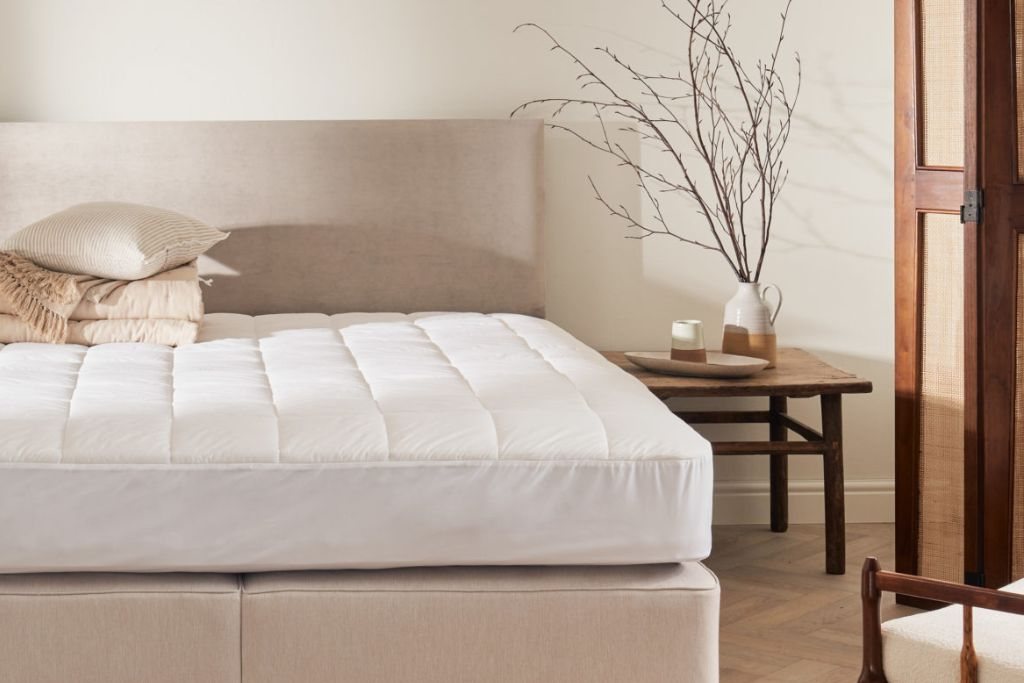

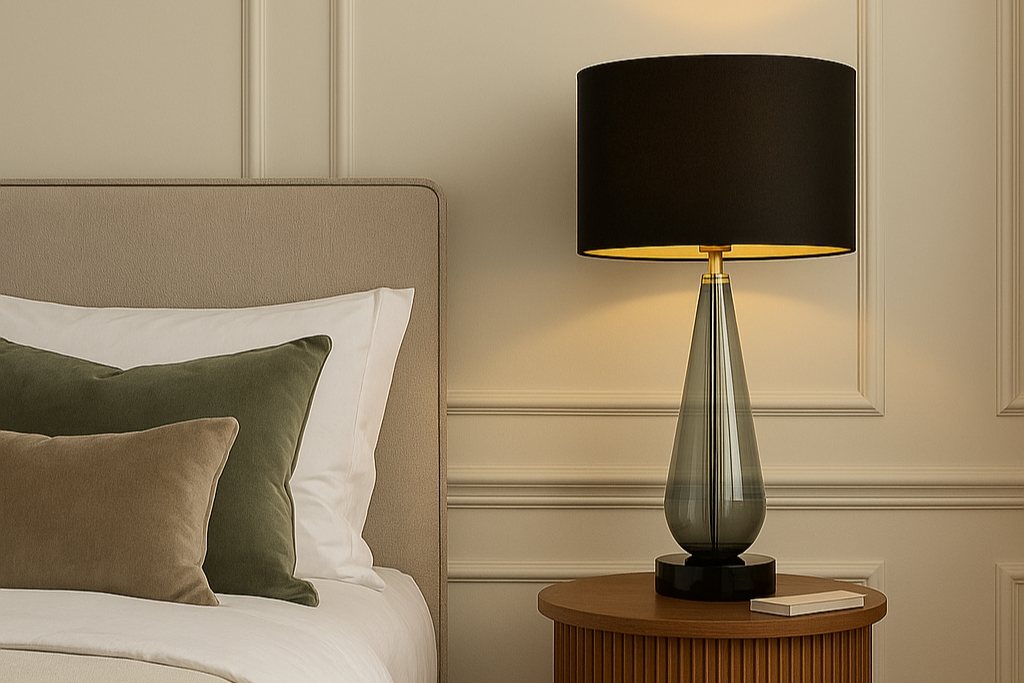
.png)
